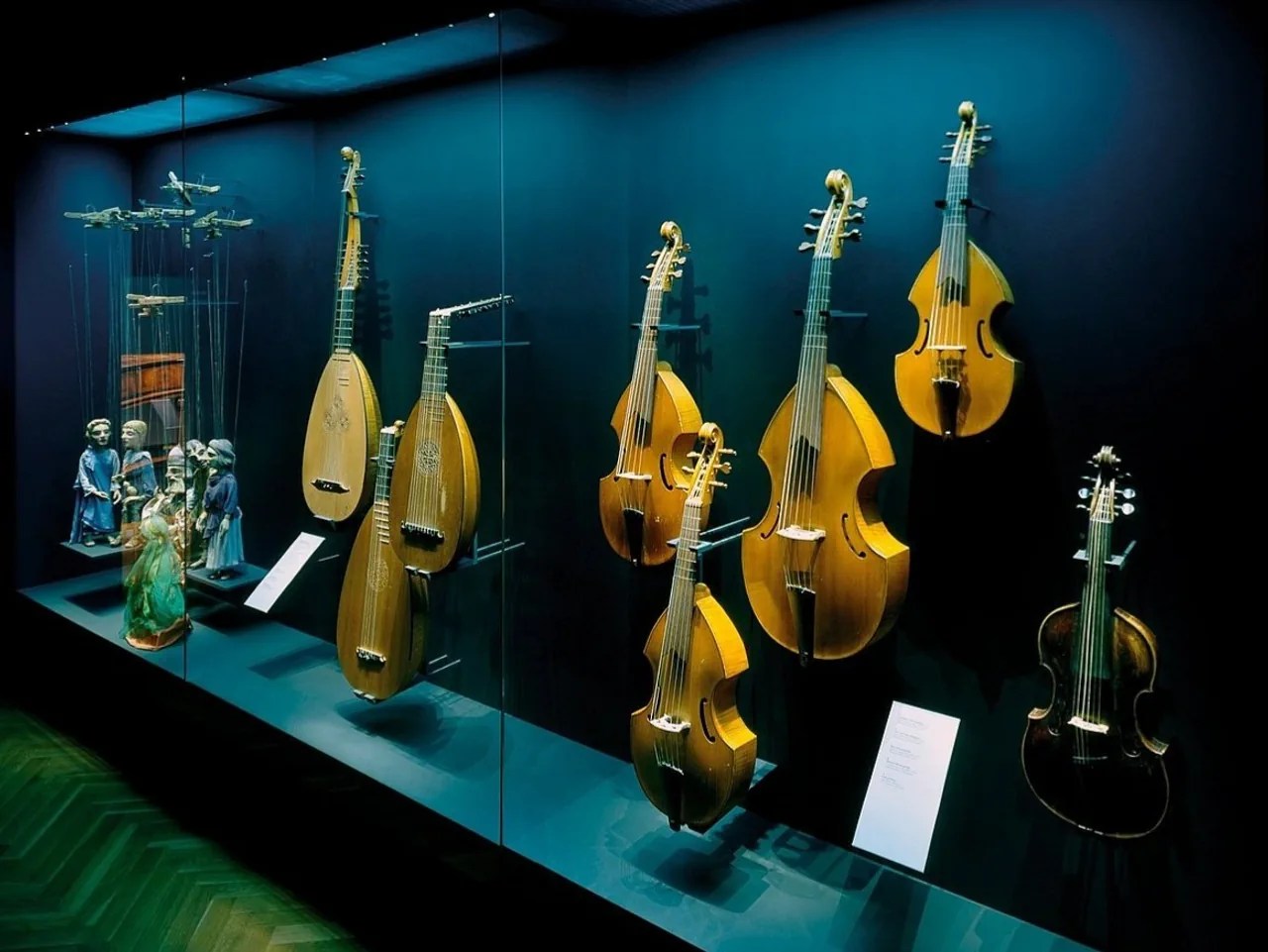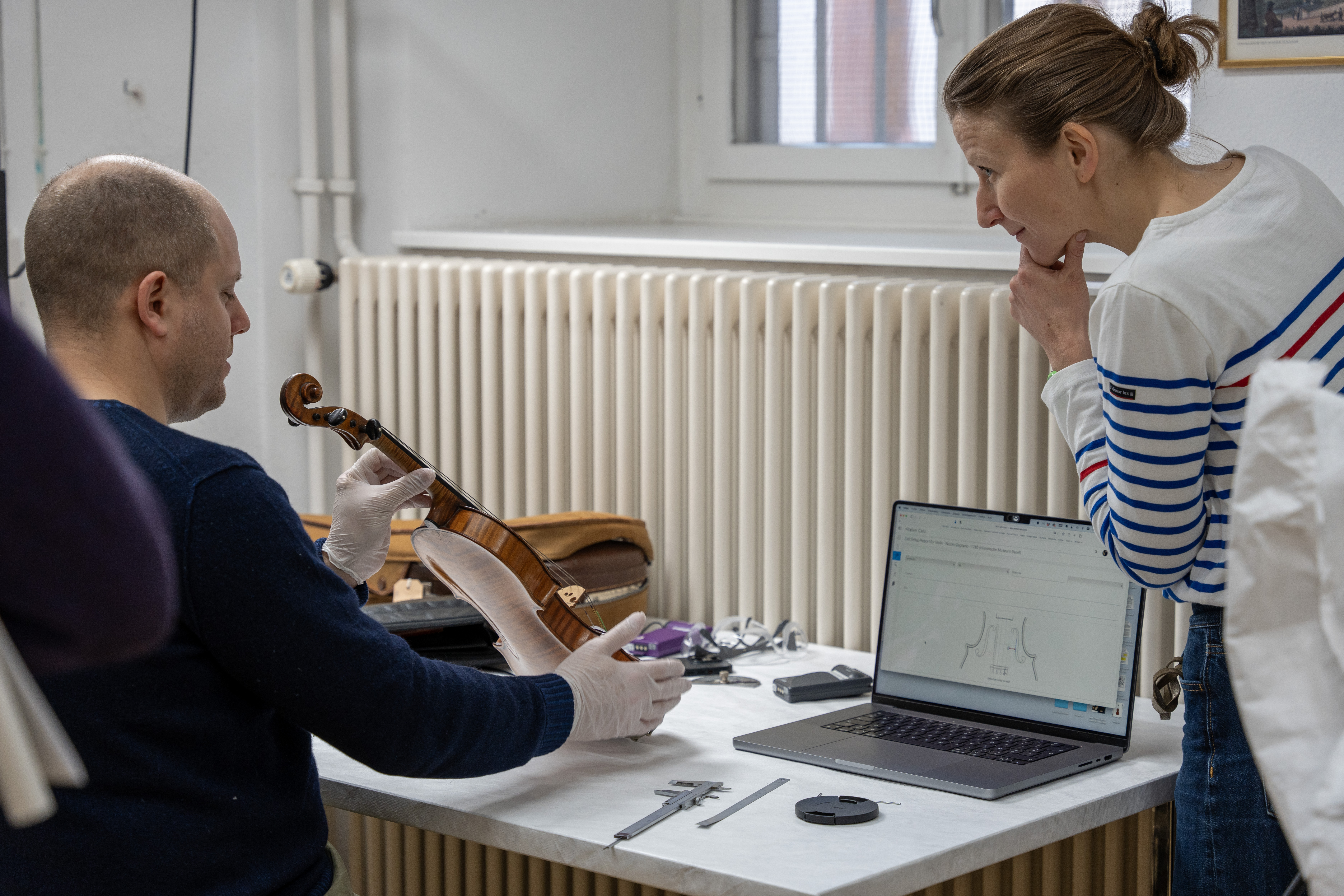
Violin’s questionable provenance solved by Basel Museum researchers

The Basel Historical Museum (HMB) has investigated the provenance of a supposedly valuable violin, shedding light on whether the instrument is genuine.
Switzerland has a complex history of handling looted art, with controversies surrounding pieces taken from Jewish families during the Nazi era or acquired at undervalued prices. Prominent cases like the Bührle Collection and the Gurlitt trove have prompted museums to scrutinise the origins of their artworks.
The HMB has extended this research to include its extensive collection of musical instruments, the largest in Switzerland. Among the objects studied was a violin attributed to 18th-century Italian luthier Nicolò Gagliano, whose authenticity had been questioned.

The role of a dubious dealer
The violin’s murky history stems from its sale by Henry Werro, a Swiss violin maker and dealer notorious for his involvement in the “violin war” of the 1950s. Werro was convicted of fraud after removing labels from older violins and affixing them to lesser instruments, which he sold as valuable masterpieces. He died in 1971.

Scientific investigation
To verify the violin’s origins, researchers employed advanced techniques, including dendrochronology and computer tomography, to analyse the instrument’s wood and internal structure.
“Unlike paintings, musical instruments are tools that are played, repaired, and even repainted, making provenance research more challenging,” curator Isabel Münzner explained.

The analysis confirmed that the violin was an authentic Gagliano, crafted in 1780, and free of any forgery or connection to looted property.
Broader findings
The museum also examined over 30 string and percussion instruments with unclear histories, many dating back to the Second World War. None were found to have been unlawfully acquired, reaffirming that the museum’s collection is free from tainted goods.
This groundbreaking research by the Basel Historical Museum not only establishes the authenticity of the Gagliano violin but also strengthens the institution’s commitment to ethical stewardship of cultural artefacts.
Translated from German using DeepL/amva

In compliance with the JTI standards
More: SWI swissinfo.ch certified by the Journalism Trust Initiative




























You can find an overview of ongoing debates with our journalists here . Please join us!
If you want to start a conversation about a topic raised in this article or want to report factual errors, email us at english@swissinfo.ch.